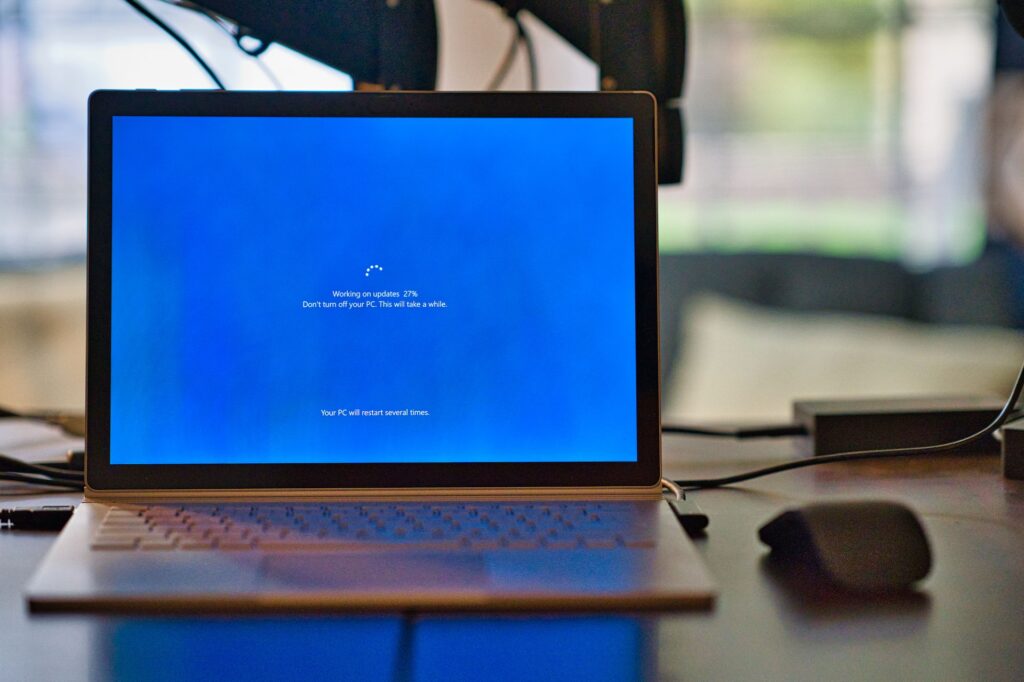Pretty much everyone is aware that computers of any type are typically operated using an operating system, the most well-known being Microsoft Windows and MacOS. Even outside of computers phones, smart TVs, smart cars, and other smart devices operate with different operating systems such as iOS and Android.
On the flip side, not all devices need an operating system, household appliances like a microwave oven are simple enough and straightforward enough in their purpose that they don’t need an operating system. Let’s take a closer into what an operating system is.
When Does Something Need an Operating System?
As mentioned, there are a number of electronic devices that don’t need an operating system. When they do though it expands the possibilities as instead of relying on an embedded system, which is set in stone and can’t adapt or change once out of the factory.
The biggest advantage is the large increase of variety in its purposes. This allows users to interact in more complex ways, as well as updating and keeping the device relevant for longer.
How Operating Systems Work
The two things an Operating System does is allocate and manage both hardware and software resources of the system. As well as make it so the user has a consistent experience when using the device, despite possible hardware and software changes.
The first part tasks the CPU of the device to allocate its resources optimally. That way it can complete whatever is tasked of it as best as it can. Secondly is the UI and user experience, making the device essentially operate the same regardless of the difference between other users’ devices as well as allowing you to make changes over time without changing how you use the device.
Different Types of Operating System
The most common type of operating system is Single-user Multitasking OS. These are things like Windows and MacOS, allowing a single user to do a number of different tasks at the same time. Before this there was the Single-user Single-task OS, only allowing its user to do one task at a given moment, an operating system that is like this is MS-DOS.
Next are more specialized examples like Real-time OS which focus on just managing computer resources for precise tasks, and Distributed as which allows for one computer to manage many for really big workloads. Finally is Multi-User which just distributes the resources of the unit to multiple users.
Operating System Development
Given the tasks that operating systems do on modern systems, it takes a lot of work to improve and innovate. So it costs a lot of money, but a good amount of work is done for free, sort of. Operating systems like Android and Linux are open source, meaning anyone can tinker with them allowing normal people to customize or improve it them themselves.
Naturally, communities form around this, sharing these improvements. Some of these members are owners of other operating systems as well like Microsoft and Apple. All working together to further improve all operating systems.

